With the measured sensing function (28123) in hand, we did an MCMC-based numerical fitting for the sensing function (see E. Hall, T1500553).
The fitting results are
-
Optical gain = 8.980393e+05 +/- 7.965381e+02 [cnts/m]
-
Cavity pole = 3.294194e+02 +/- 5.626792e-01 [Hz]
-
Time delay = 1.973719e+02 +/- 3.386483e-01 [usec]
-
Spring frequency = 9.825078e+00 +/- 5.453538e-02 [Hz]
[New sensing function form]
As reported by Evan (27675), it seems that the extra roll off in the DARM response at low frequencies are due to an SRC detuning (or something equivalent). While such detuning should be suppressed by some control loop ideally, we decided to include the detuning-induced functional form in addition to the ordinary single-pole response. We use the following approximated form for the DARM response
S(f) = H / (1 + i f / fc ) * exp( -2 * pi * f * tau) * f^2/(f^2 + fs^2)
where H, fc, tau and fs are the optical gain, DARM cavity pole, time delay and spring frequency. Some details of the derivation will be reported later. Apparently, we now have an additional quantity (i.e., fs) to fit.
Note that since H1 seems to be in (unintentionally) an anti-spring detuning, fs should be a real number whereas it should be an imaginary number for a pro-spring case. Obviously, Q is set to infinity for simplicity.
[MCMC-based numerical fitting]
Following the work by Evan (T1500553), we adapted his code to include the spring frequency as well. In short, it is a Bayesian analysis to obtain posteriors for the parameters that we want to estimate. We gave a simple set of priors as follows for this particular analysis.
-
0 < H < infinity
-
0 < fc < infinity
-
0 < tau < infinity
-
0 < fs < infinity (real number)
The quad plot below shows the fitting result. The estimated parameters are obtained by taking the mean values of the resutling probability distribution. As usual, the two plots on the left hand side show a bode plot of the measured and fitted data. The two plots on the right hand side show the residual of the fit. As shown in the residuals, there are several points which are as big as 20% in magnitude and 6 deg in phase below 10 Hz. Otherwise, the residual data points seem to be within 10-ish % and 4 deg. The code is attached in pdf format.
EDIT: I am attaching the actual code as well.
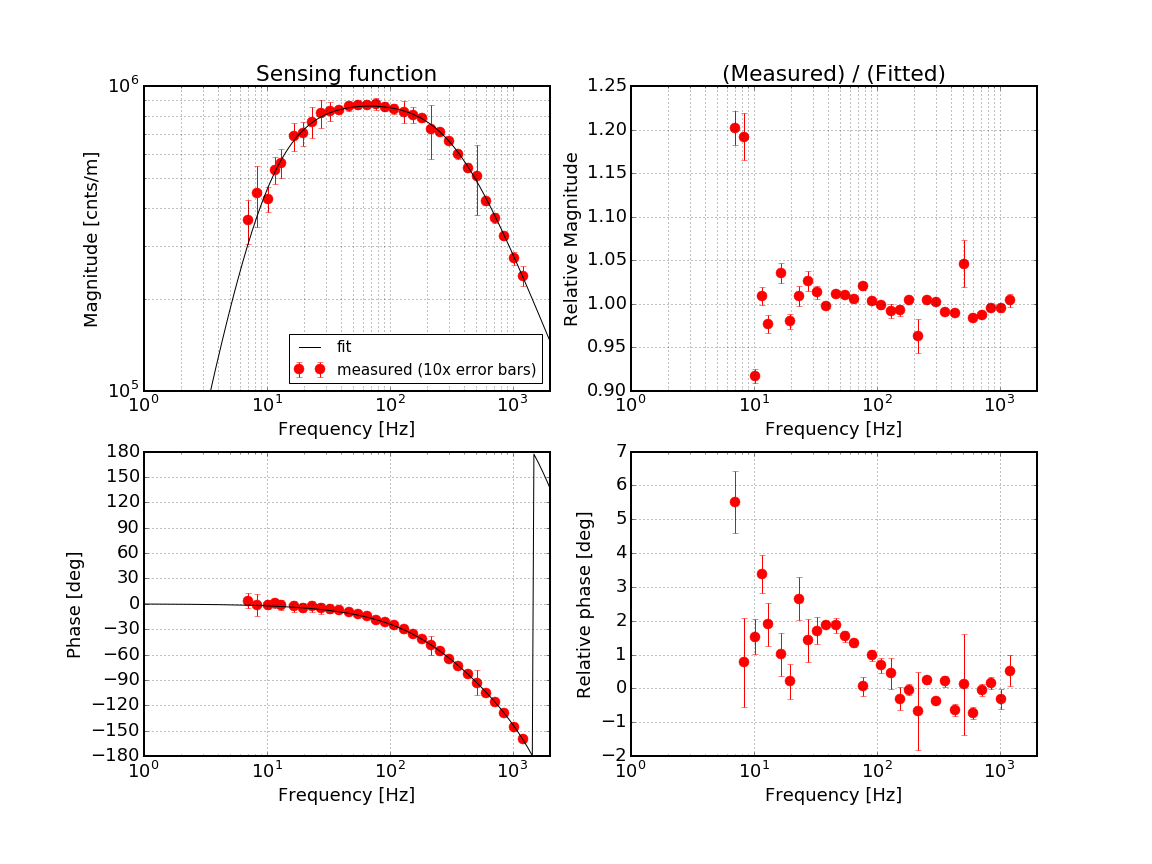
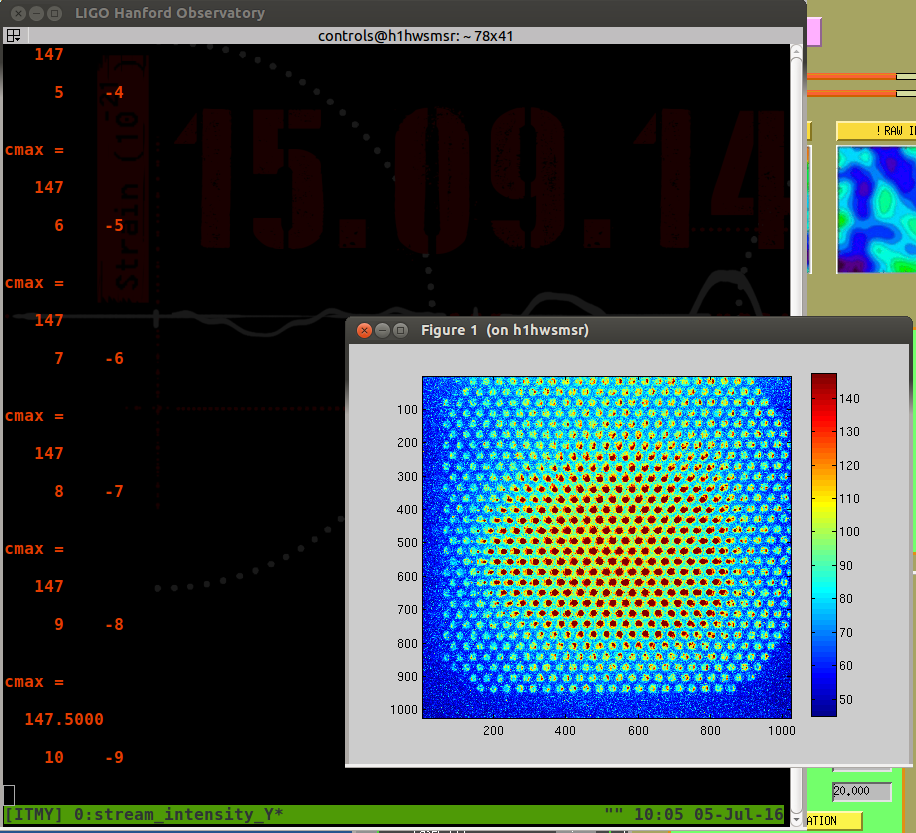
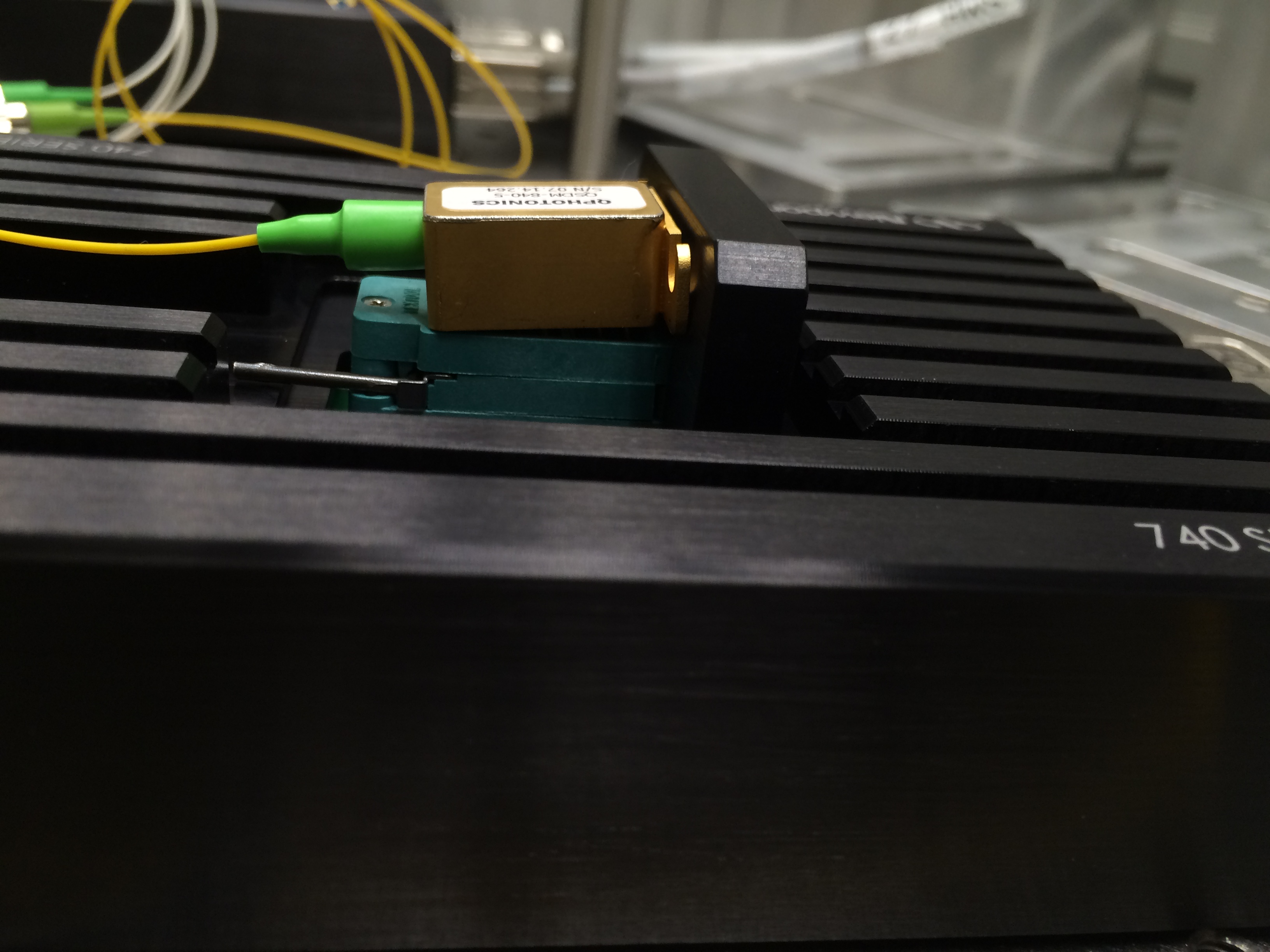
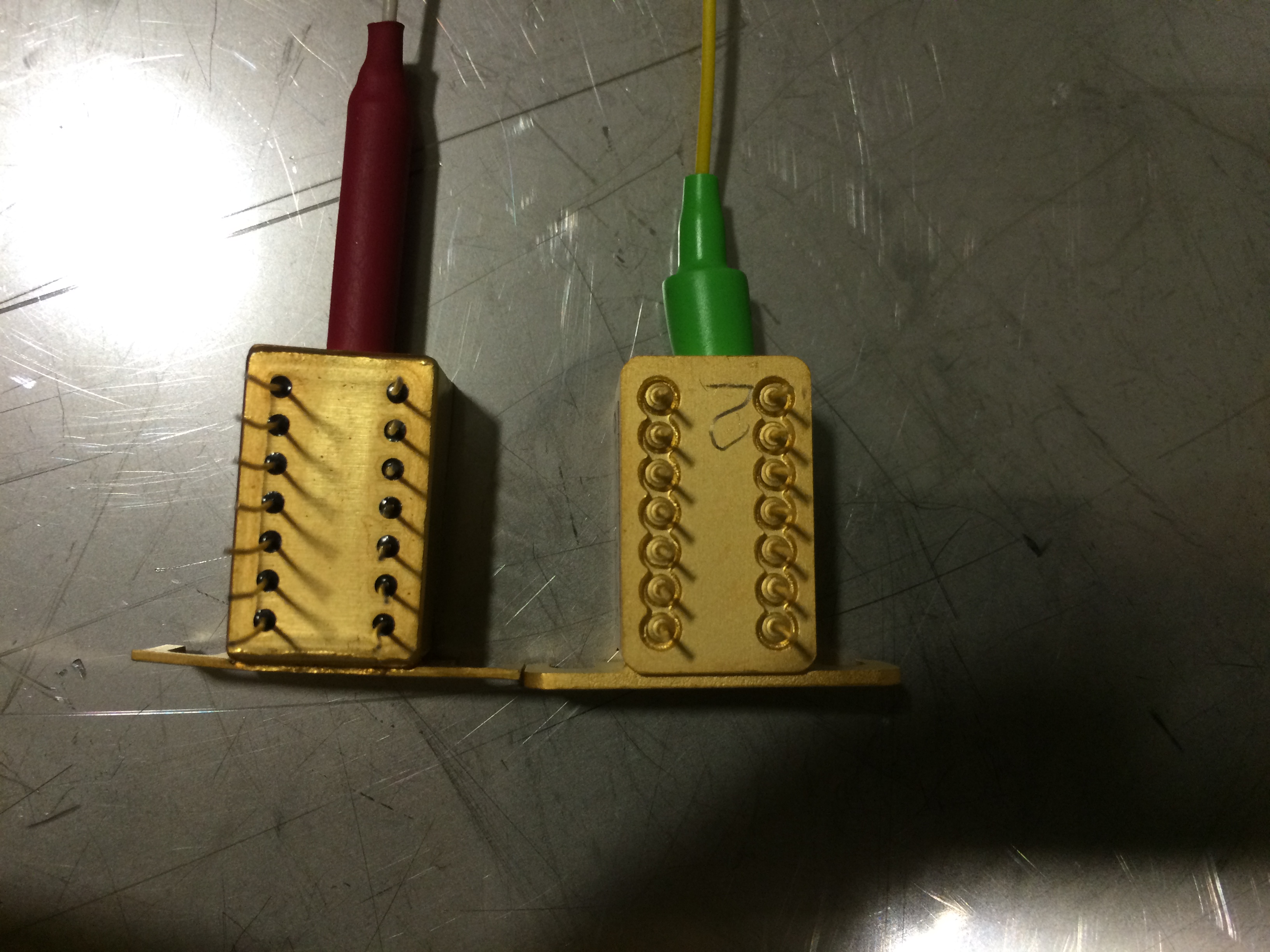
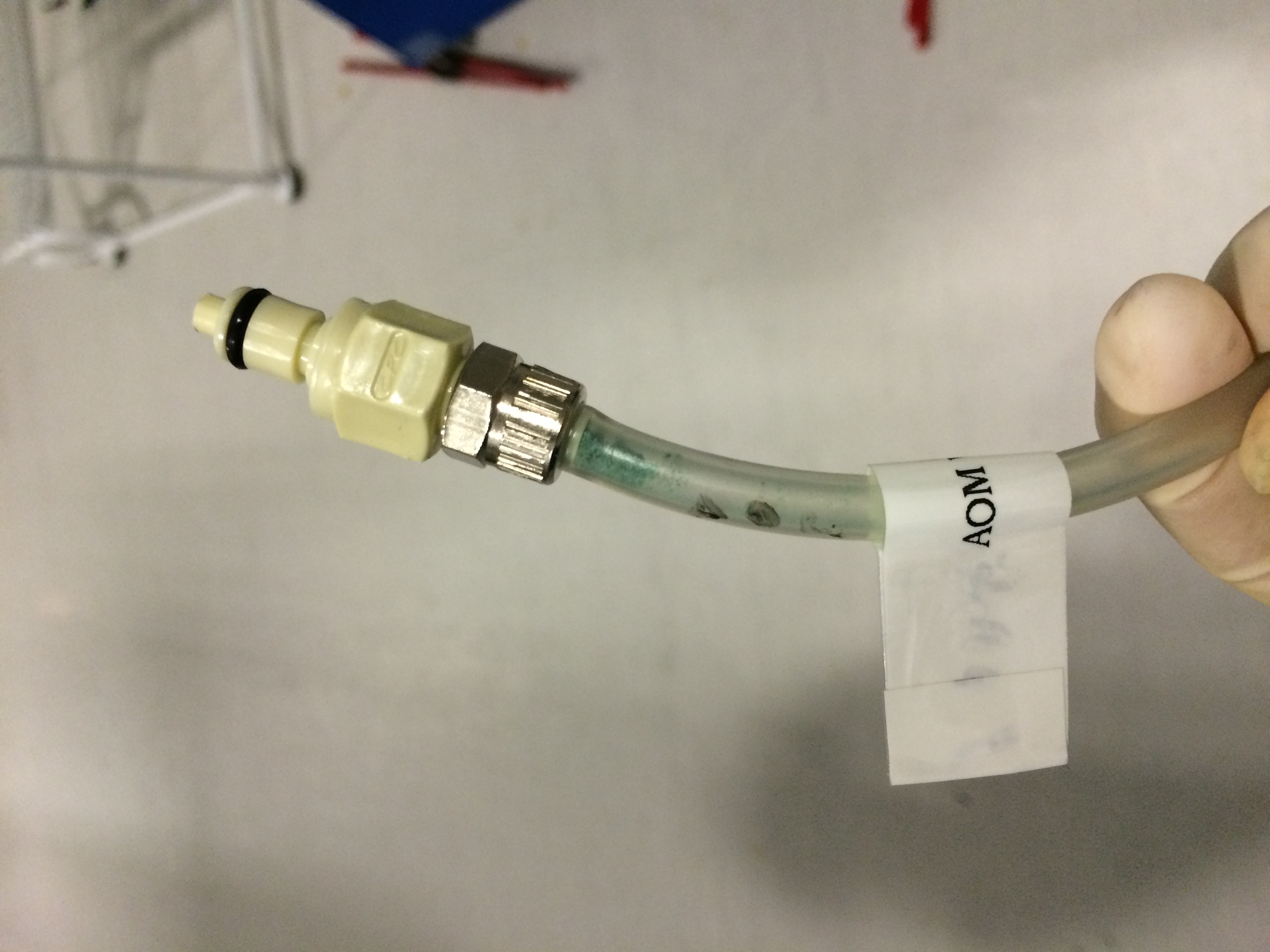 ,
,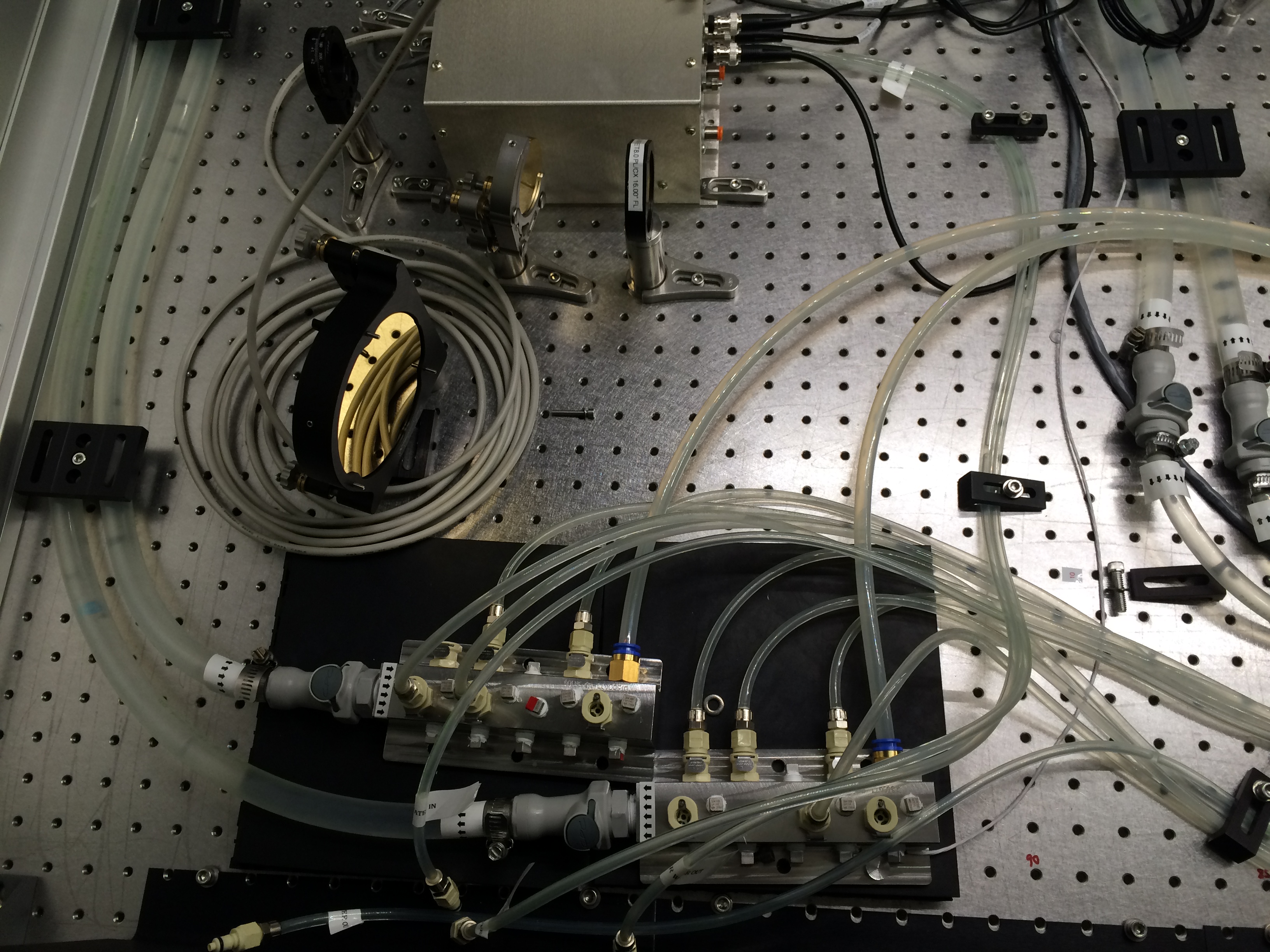
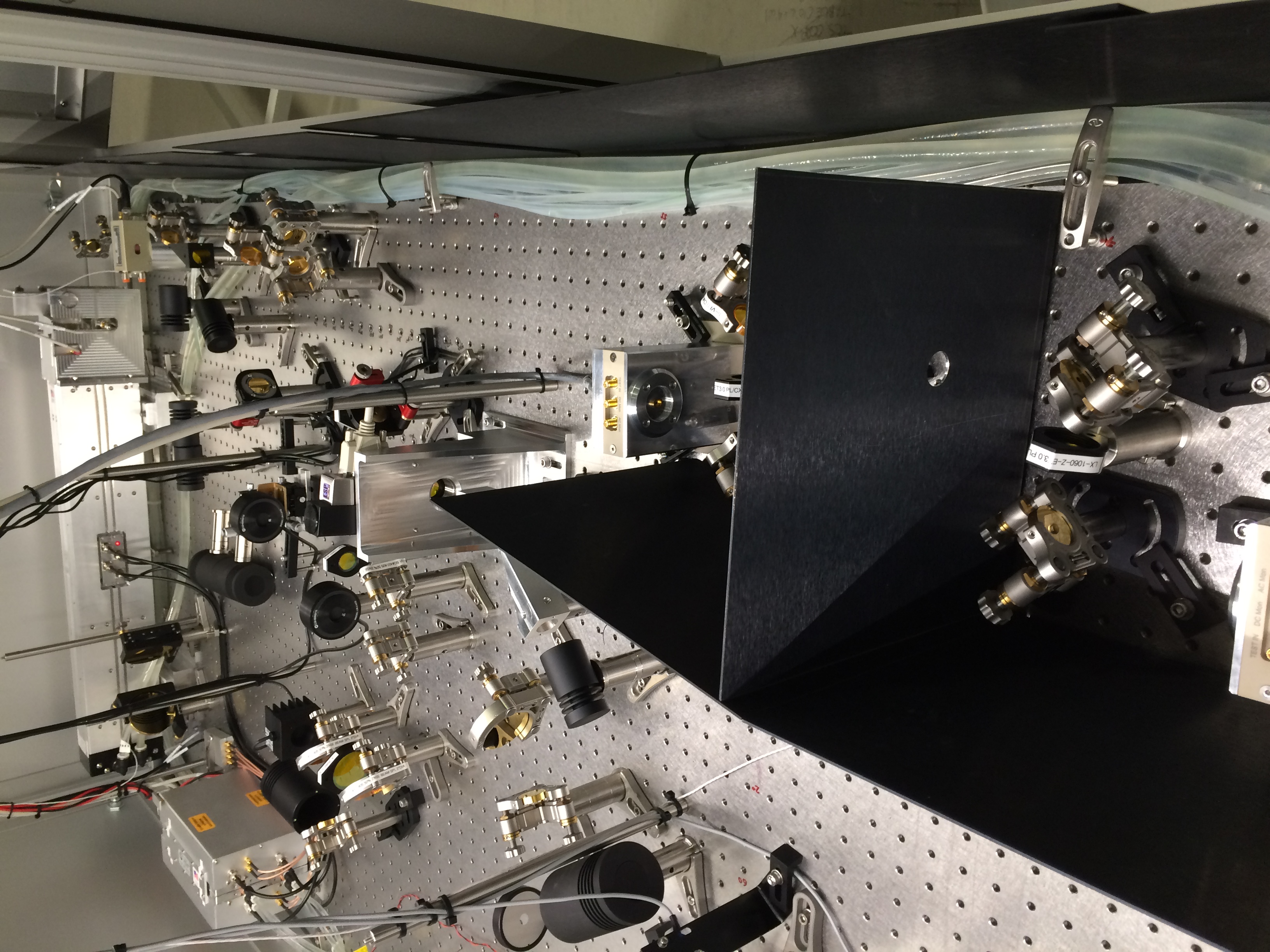
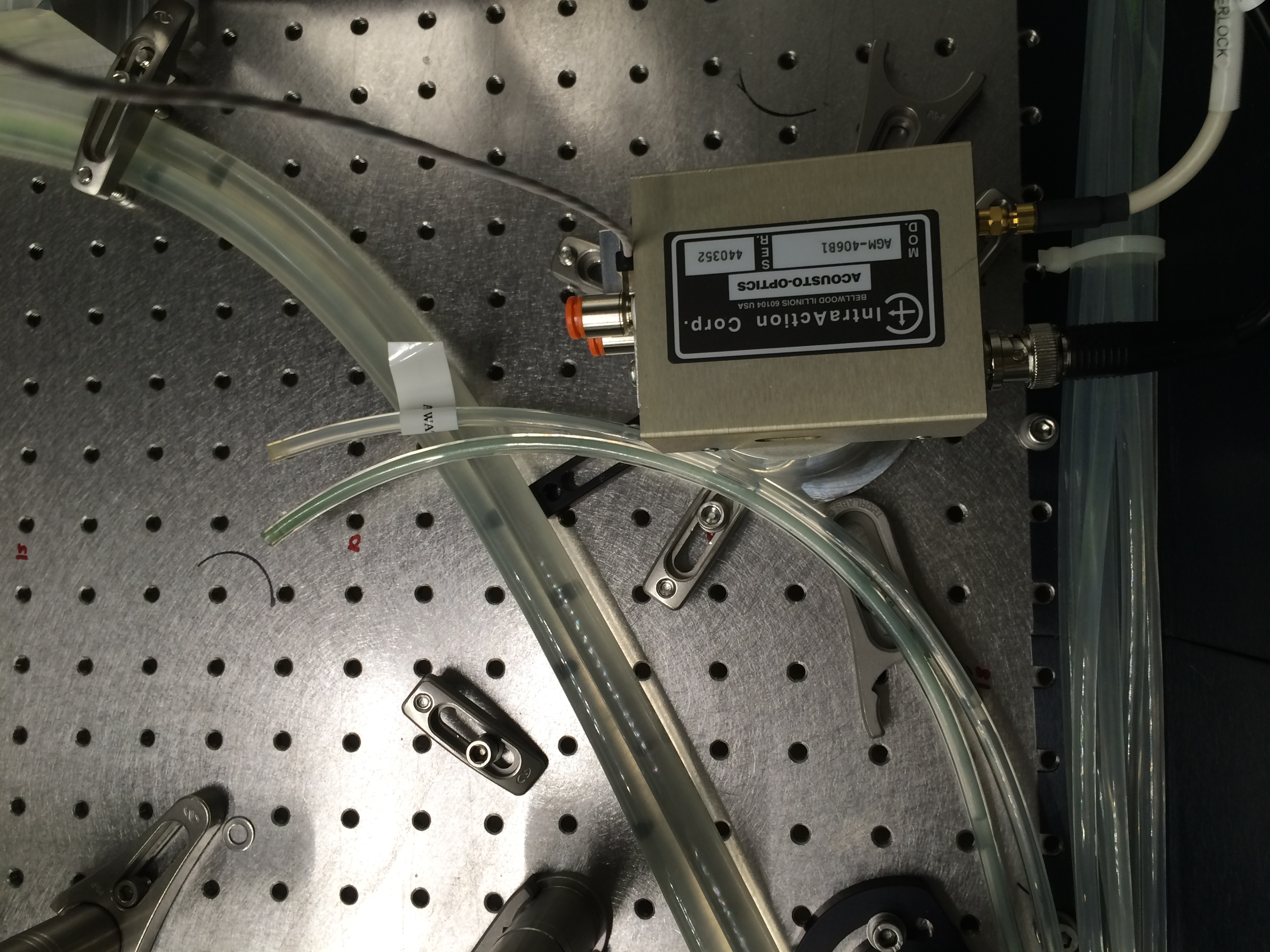
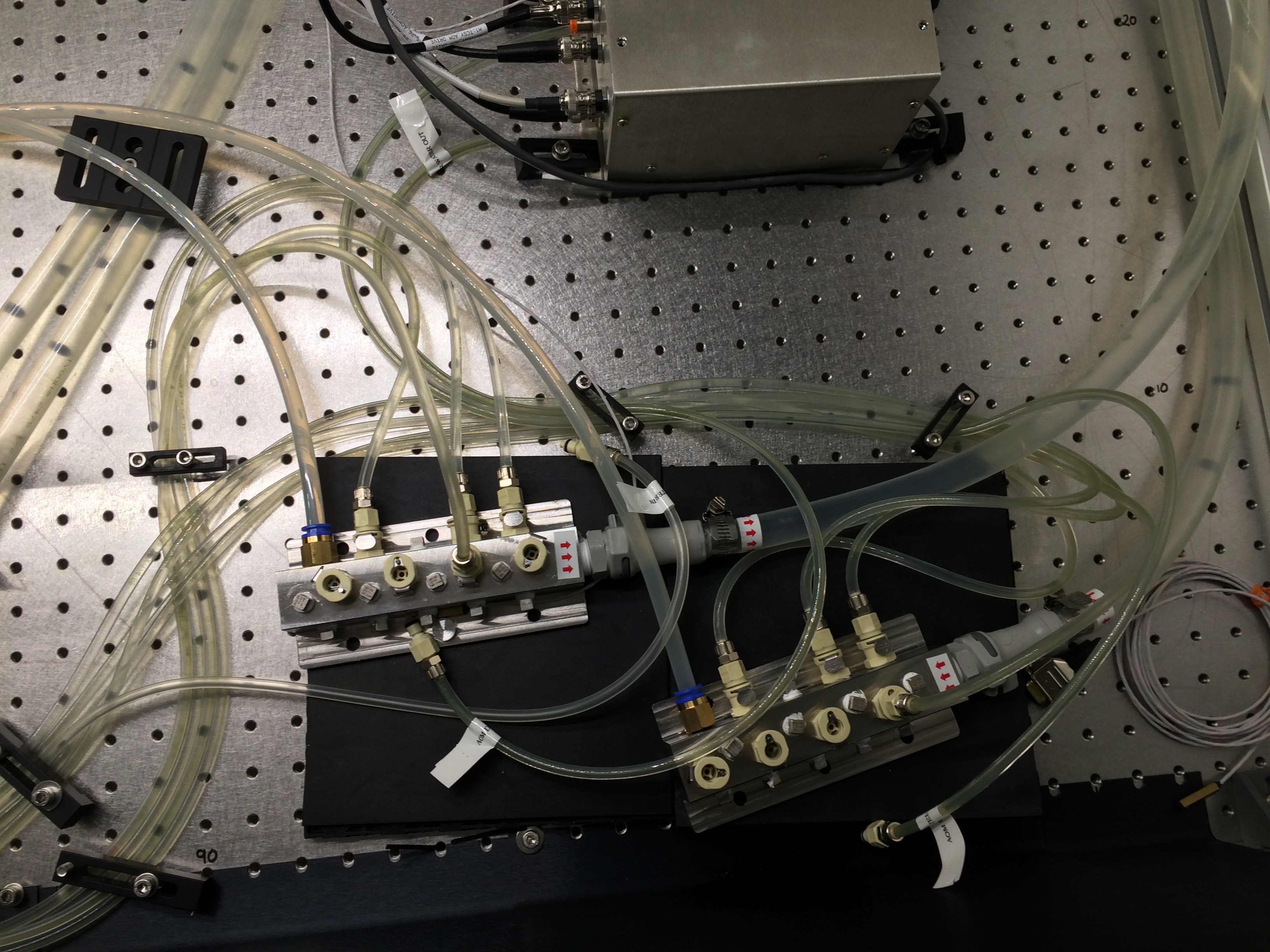
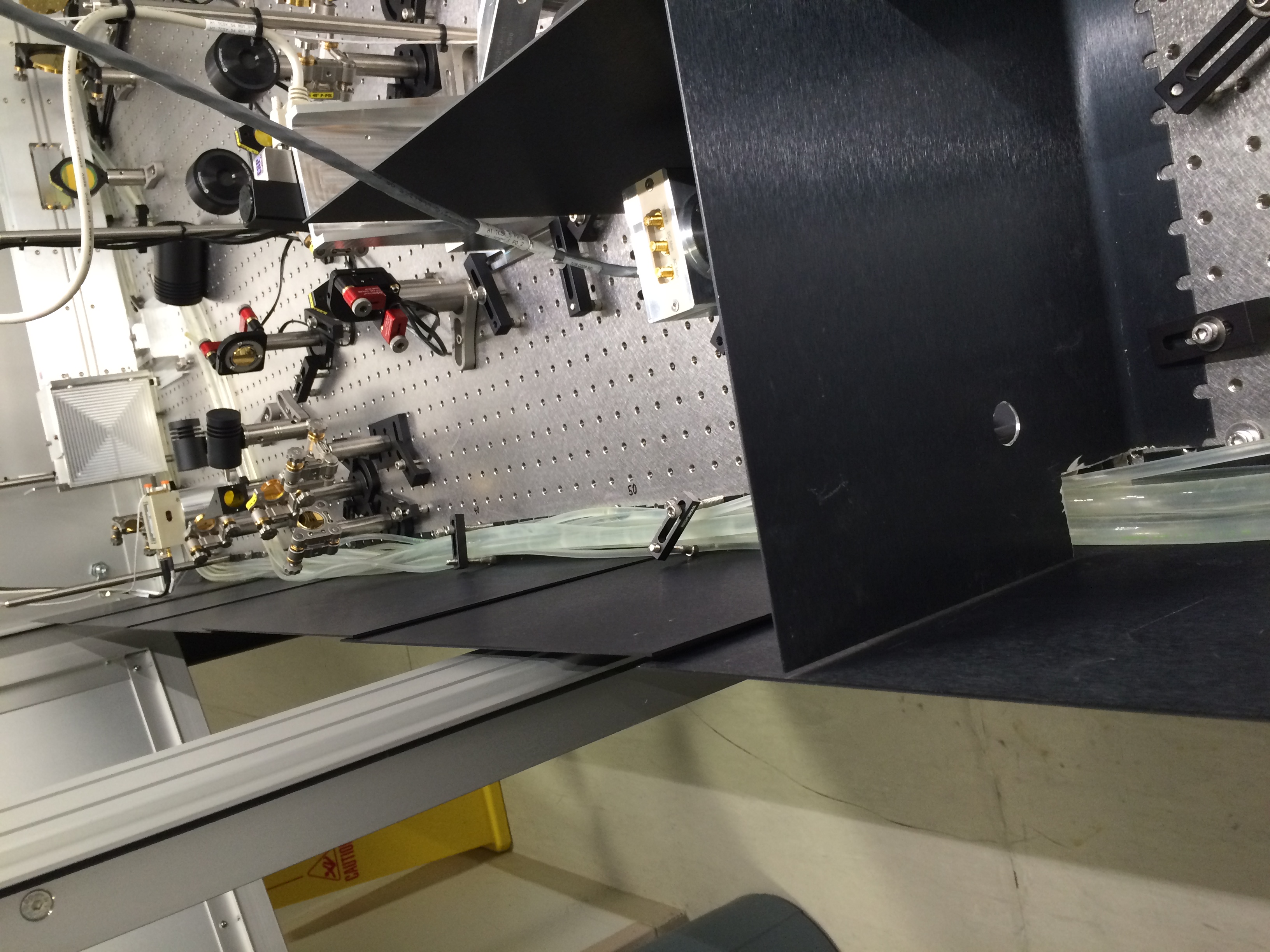
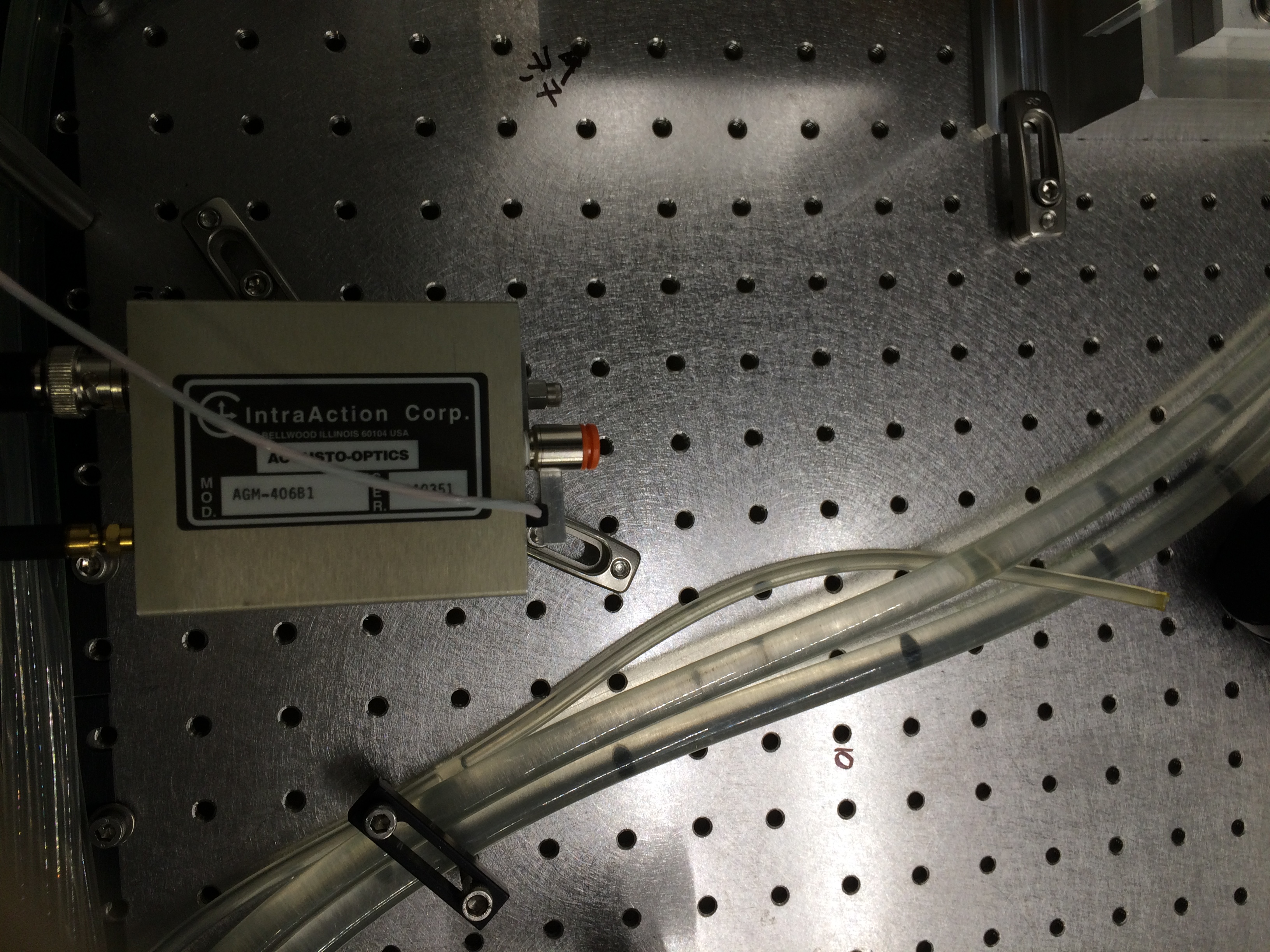






























will keep h1fw0 running overnight. the 4pm deadline passed, all daq systems have been running for 3 hours now. Reminder, difference now is that two 64kHz channels have been removed from the commissioning frame, six 512Hz channels added to science frame.